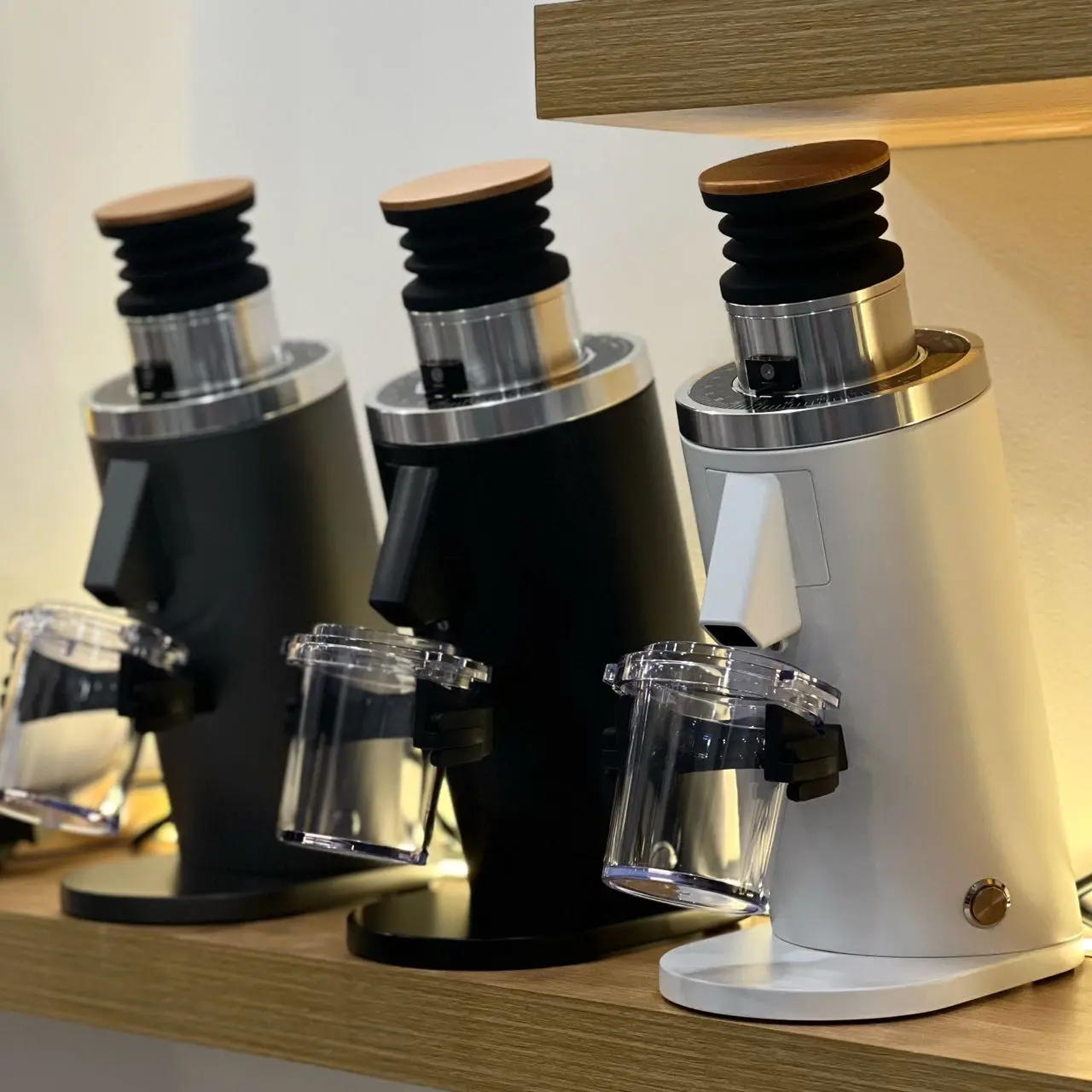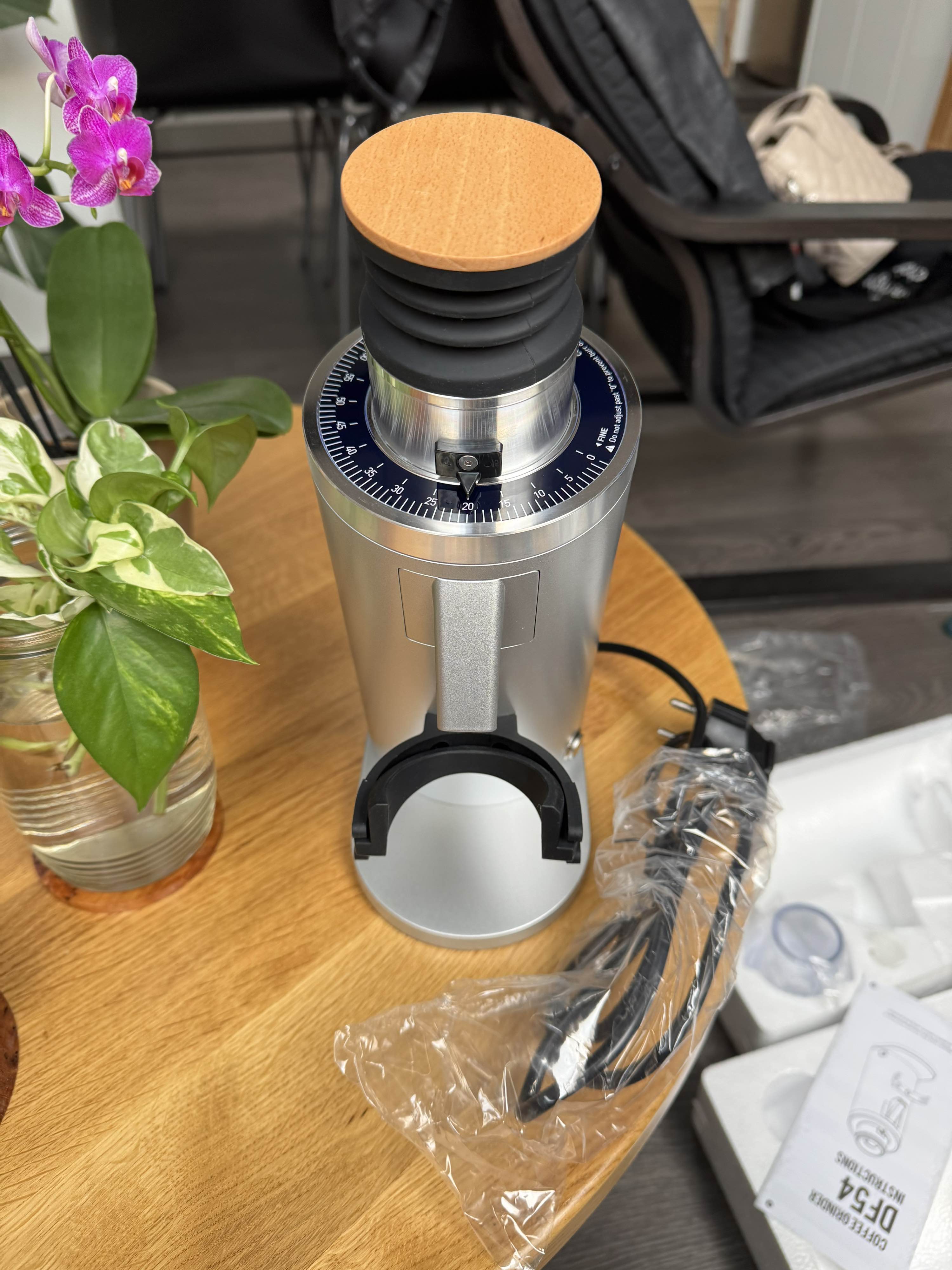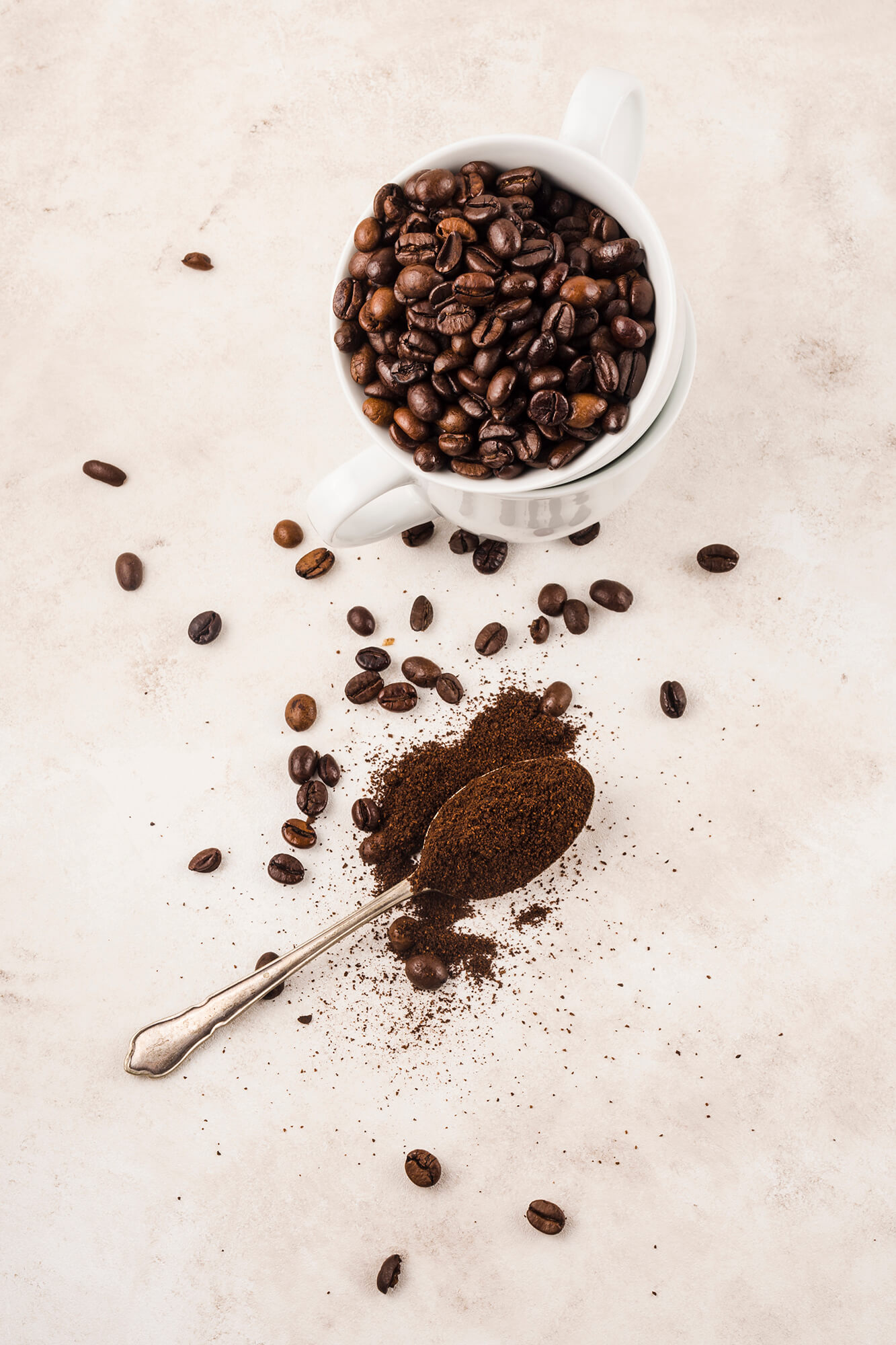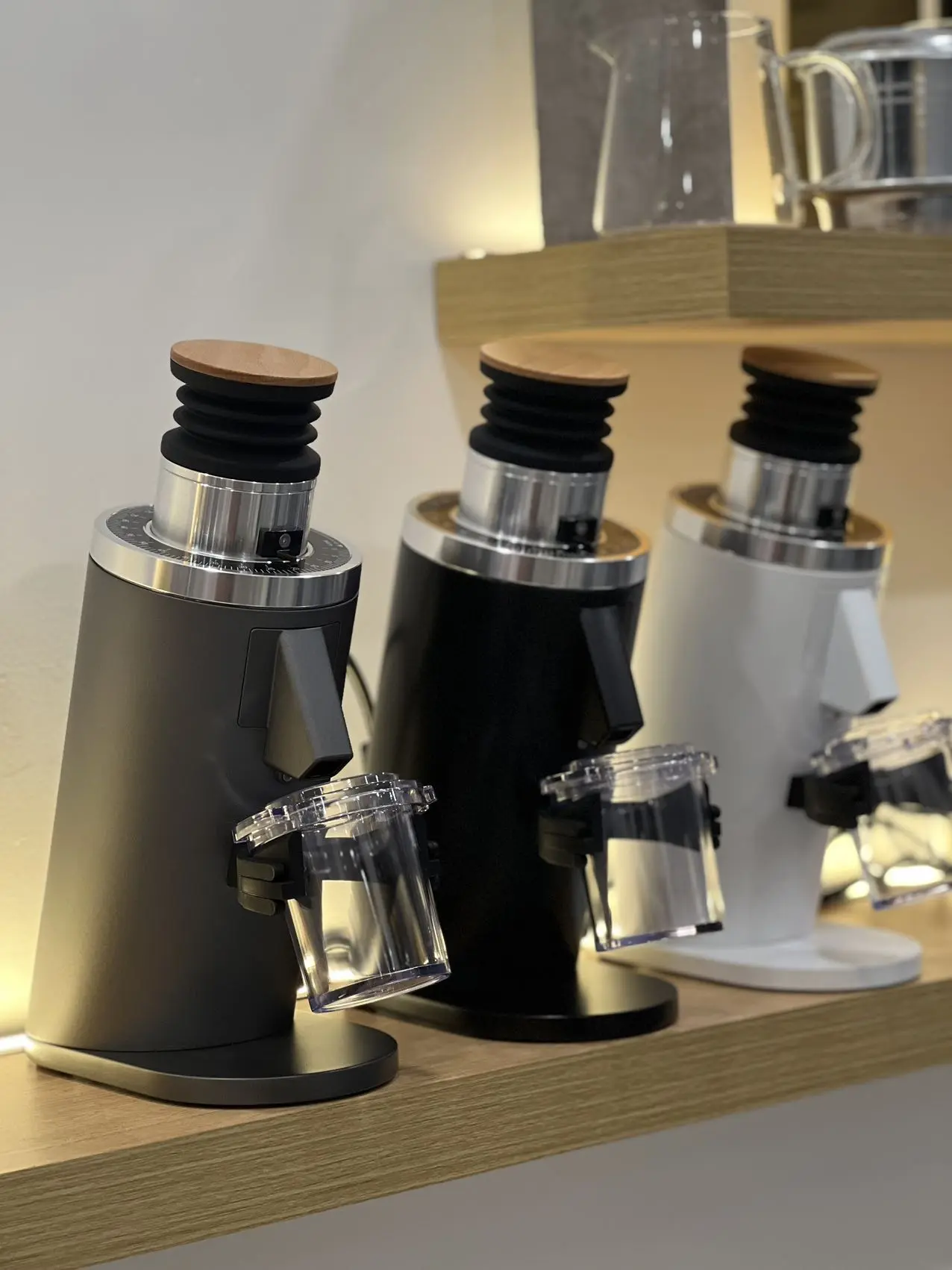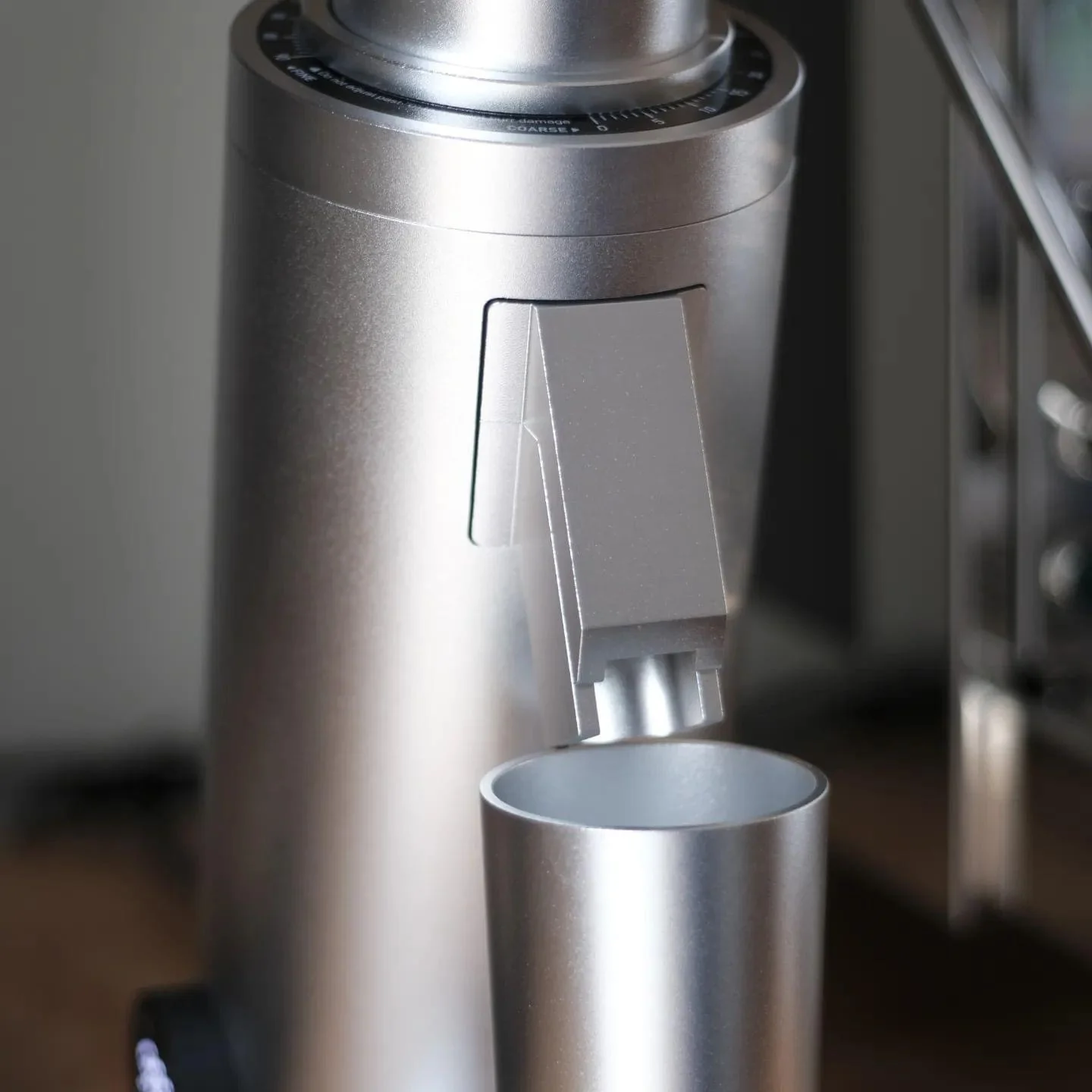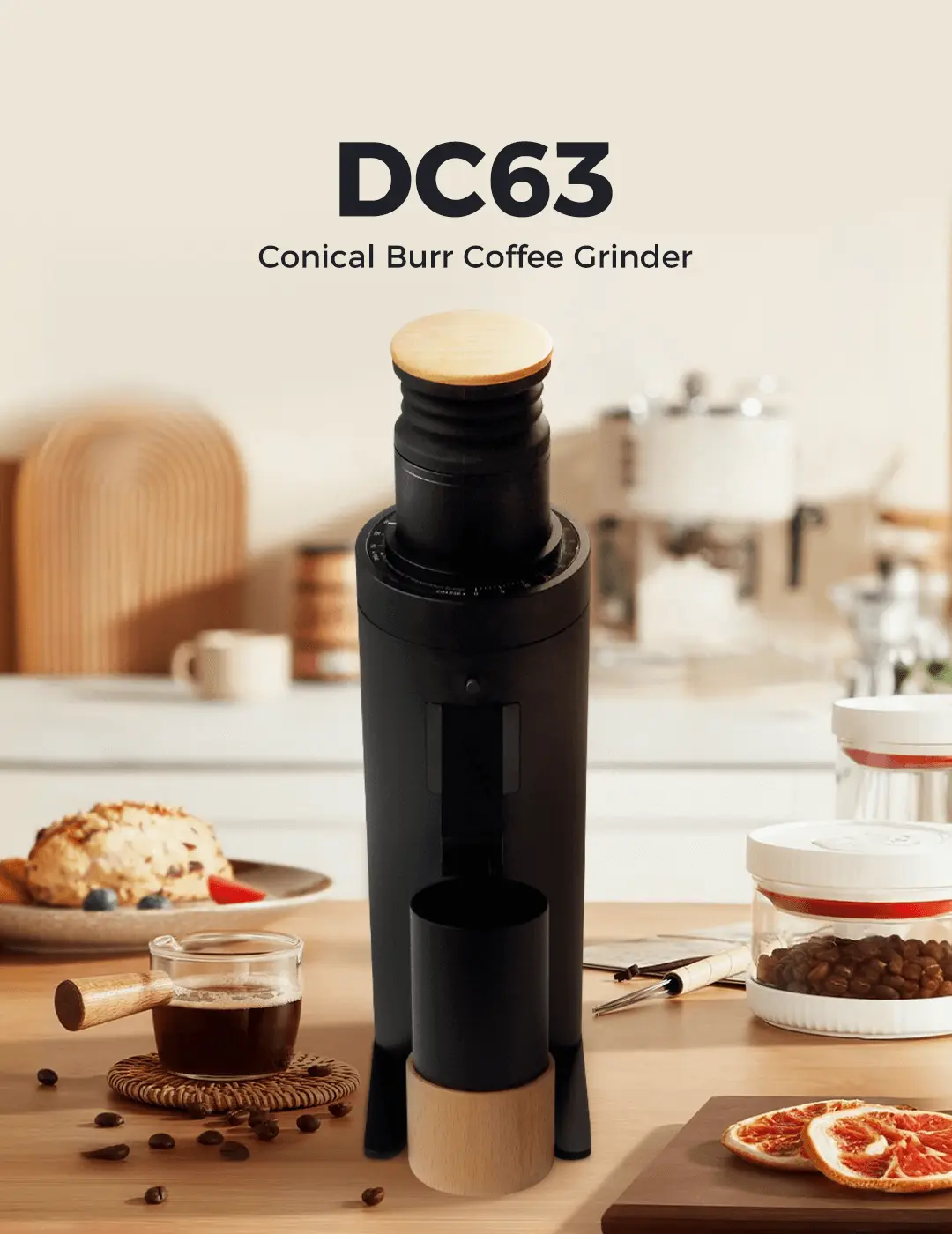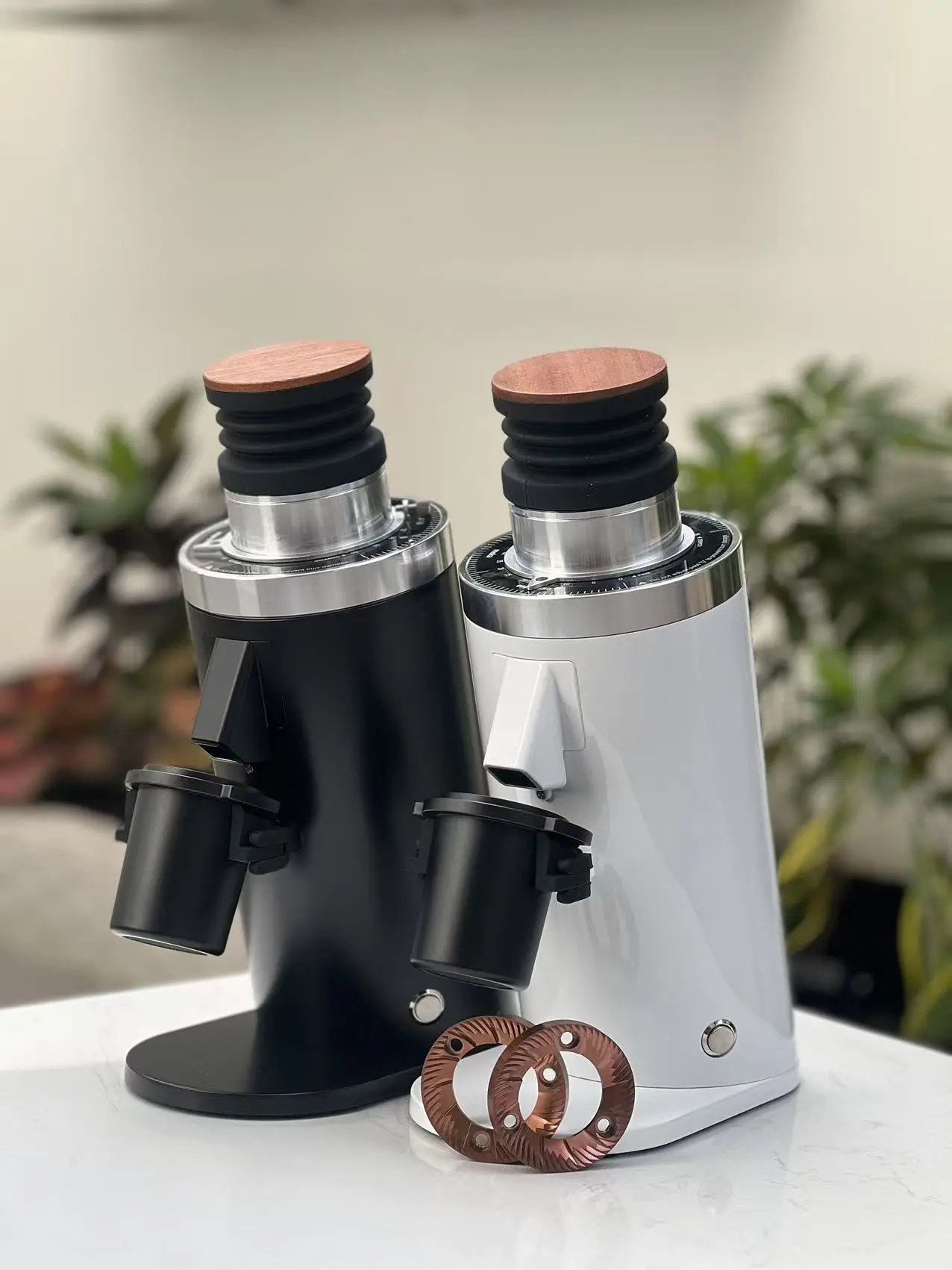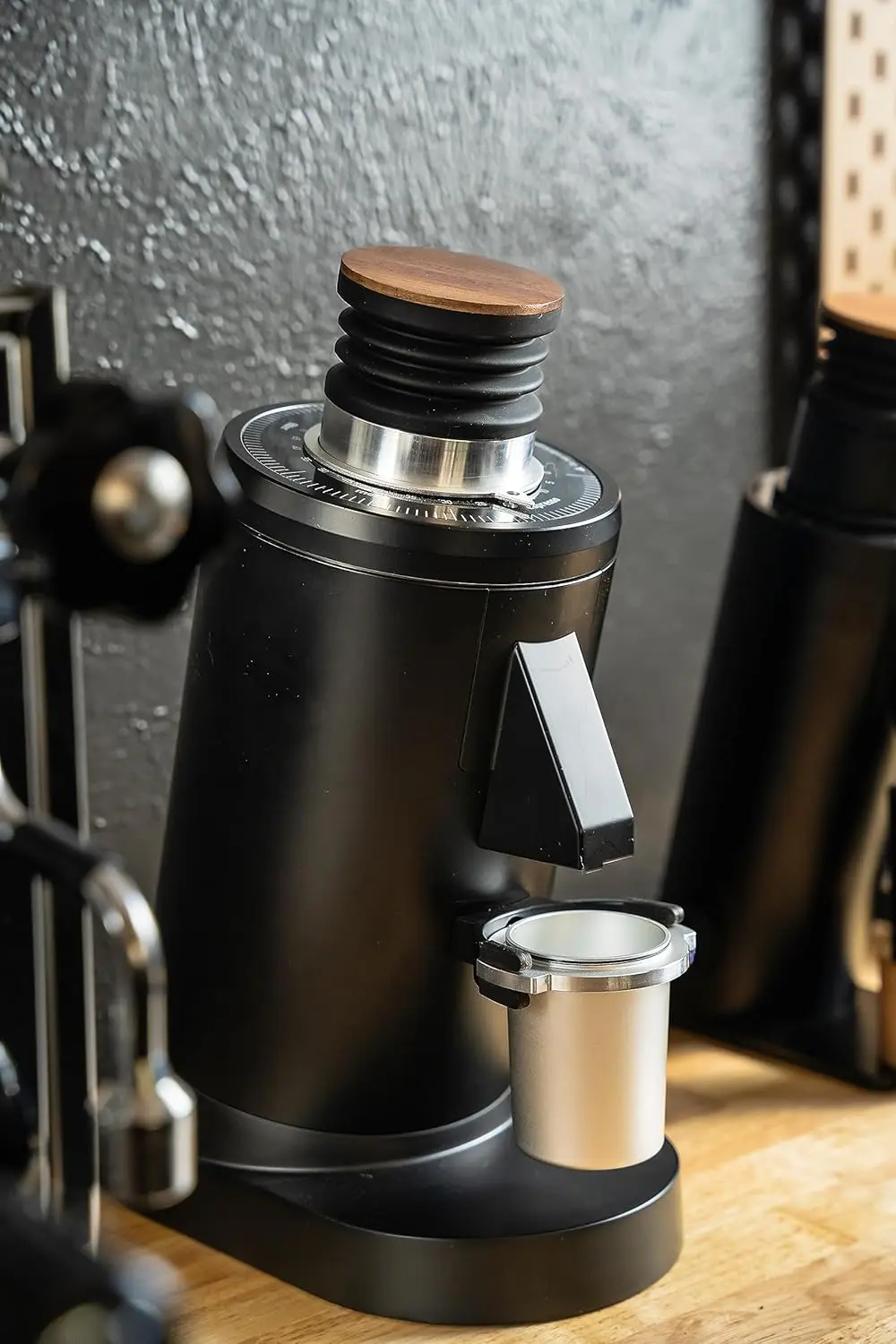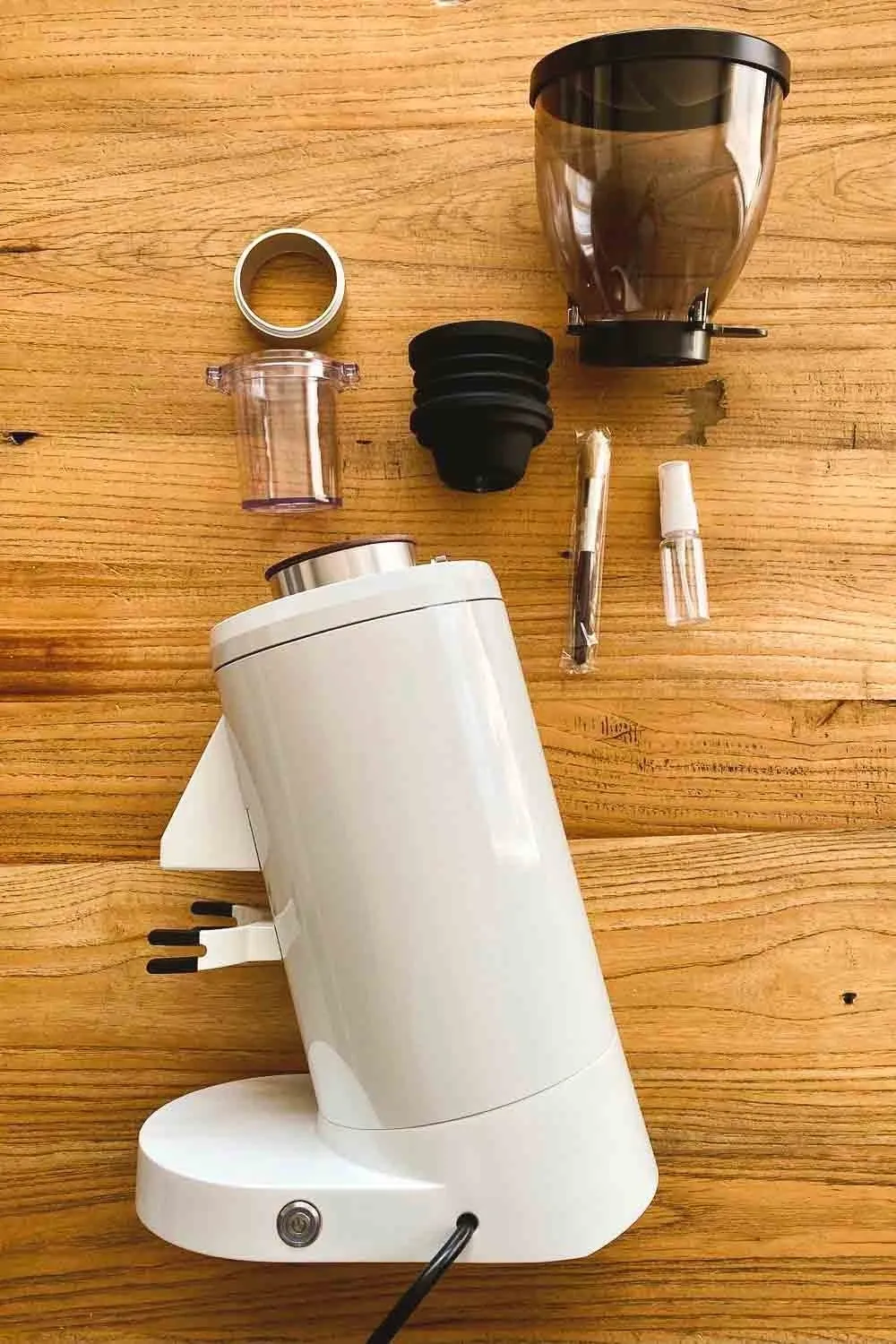Coffee Grinder Retention: How to Keep Your Coffee Fresh

When you use a coffee grinder, some coffee grounds often remain inside. This leftover coffee, known as retention, can ruin your brew. Stale grounds mix with fresh ones, creating an uneven and unpleasant flavor. Fixing this problem ensures every cup of coffee tastes fresh and delicious.
Key Takeaways
- Retention steals freshness - Leftover grounds mix with fresh coffee, creating dull flavors
- Design matters - Low-retention grinders keep more grounds moving through
- Simple solutions work - Purging, single-dosing and proper cleaning make a difference
What Is Coffee Grinder Retention?
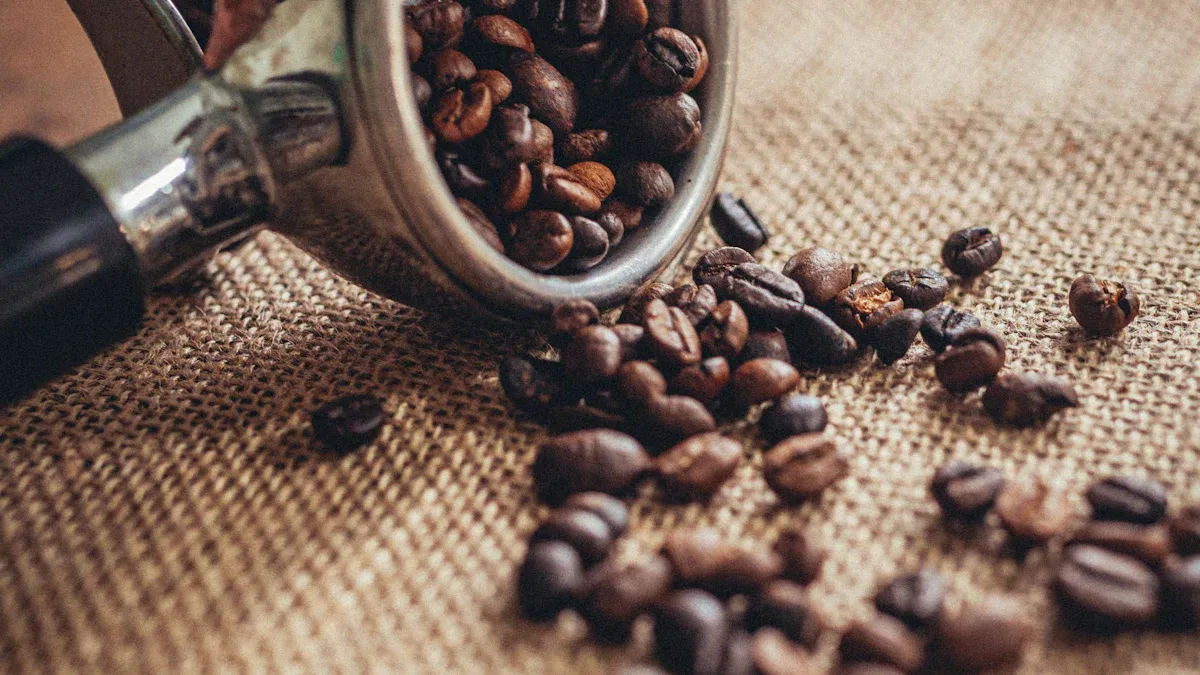
Definition and impact on coffee flavor
Coffee Grinder retention refers to the leftover coffee grounds that remain inside your grinder after use. These grounds often get stuck in the grinder's internal components, such as the burrs or chute. While this might seem harmless, it can significantly affect the taste of your coffee. Stale grounds mix with freshly ground coffee, introducing unwanted flavors. This results in a brew that tastes dull, bitter, or inconsistent.
Retention impacts the flavor most when you switch between different coffee beans. For example, if you grind a dark roast after using a light roast, the leftover grounds from the previous batch can alter the flavor profile. Even small amounts of retention can make a noticeable difference, especially if you enjoy specialty coffee or single-origin beans.
Why retention is often overlooked
Many coffee enthusiasts overlook retention because it happens out of sight. Once you grind your coffee, you might assume all the grounds have exited the grinder. However, small amounts often remain hidden in the grinder's nooks and crannies. Unless you clean your grinder regularly or inspect it closely, you may not even realize retention is occurring.
Another reason retention gets ignored is that its effects are subtle at first. You might not notice a stale taste in your coffee until the leftover grounds build up over time. For casual coffee drinkers, this issue might seem insignificant. However, if you care about achieving the best flavor, addressing retention is essential.
Common misconceptions about retention
Retention is often misunderstood, leading to several common misconceptions. One belief is that all Coffee Grinders retain the same amount of grounds. In reality, the design and build of a grinder play a significant role. Some grinders are specifically designed to minimize retention, while others are more prone to it.
Another misconception is that retention only matters for Professional baristas or coffee experts. This isn't true. Even if you brew coffee at home, retention can affect the quality of your cup. Finally, some people think retention is unavoidable. While it’s impossible to eliminate it entirely, you can reduce it significantly with proper techniques and the right equipment.
Tip: Regularly cleaning your coffee grinder and choosing a low-retention model can help you enjoy fresher, better-tasting coffee every day.
Why Does Coffee Grinder Retention Happen?
Role of grinder design and geometry
The design of your coffee grinder plays a major role in retention. Grinders with complex internal pathways or narrow chutes tend to trap more coffee grounds. Burr grinders, for example, often have small spaces between the burrs and the grinder walls where grounds can get stuck. Flat burr grinders may retain more coffee than conical burr grinders due to their horizontal design.
Some grinders are designed with low-retention features. These include smoother surfaces, shorter pathways, and wider chutes. If you notice stale flavors in your coffee, your grinder’s design might be the culprit. Choosing a grinder with a simpler geometry can help reduce retention and improve your coffee's freshness.
Static electricity and its contribution to retention
Static electricity is another factor that causes retention. When you grind coffee beans, the friction between the beans and the grinder’s components generates static. This static charge makes the coffee grounds stick to the walls of the grinder or cling to the chute. You might notice this when grounds scatter or stick to your grinder after use.
Humidity levels can also affect static electricity. Dry environments tend to increase static buildup, making retention worse. To minimize this, you can try lightly misting your coffee beans with water before grinding. This simple trick reduces static and helps release more grounds from the grinder.
Influence of grind size and coffee type
The size of your coffee grounds also affects retention. Finer grinds, like those used for espresso, are more likely to stick inside the grinder. Their small size allows them to settle into tiny spaces, making them harder to remove. Coarser grinds, on the other hand, are less likely to get trapped.
The type of coffee beans you use can also make a difference. Oily beans, often found in dark roasts, tend to stick more due to their surface texture. If you prefer dark roasts, you may need to clean your grinder more frequently to avoid buildup. Paying attention to grind size and bean type can help you manage retention effectively.
Simple Ways to Reduce Retention
1. Regular Cleaning
Keeping your grinder clean is the easiest way to minimize retention:
- Brush out loose grounds after each use
- Weekly deep clean of burrs and chute
- Monthly full disassembly cleaning
Use our cleaning tools for best results.
2. The Bellows Method
Attaching bellows to your grinder helps push out trapped grounds:
- Grind your coffee as normal
- Attach bellows to coffee grinder
- Give 2-3 firm pumps
- Collect the extra grounds that come out
3. Try the RDT Technique
Reduce static electricity by:
- Lightly misting beans before grinding
- Using just 1-2 drops of water per dose
- Waiting 30 seconds before grinding
When to Consider a Grinder Upgrade
🚨 Flavor Inconsistency
Same beans taste different each day
🚨 Excessive Waste
Losing more than 1g per dose
🚨 Cleaning Frustration
Can't access retention areas
Our DF64 Gen2 features:
- Anti-static plasma generator
- Tool-free burr removal
- 0.1g average retention
Choosing the Right Equipment
Some grinders are designed to minimize retention:
| Feature | Basic Grinder | Low-Retention Grinder |
|---|---|---|
| Retention Amount | 1-2g | 0.1-0.3g |
| Cleaning Ease | Difficult | Tool-free access |
| Static Control | None | Anti-static design |
FAQ
What is the best way to clean a coffee grinder?
Disassemble your grinder and use a brush or vacuum to remove grounds. For deeper cleaning, run grinder cleaning tablets through it. Wash removable parts with soapy water.
Tip: Clean your grinder weekly to maintain freshness.
How can I tell if my grinder has high retention?
Check for leftover grounds after grinding. If you notice stale flavors or grounds stuck in the chute or burrs, your grinder likely has high retention.
How often should I clean my grinder?
For daily use: Brush after each session, deep clean weekly. See our cleaning guide.
Does bean type affect retention?
Yes. Light roasts create more static. Dark roasts with oils tend to clump.
Do I need a low-retention grinder for home use?
Not necessarily. You can reduce retention with regular cleaning, purging, or single-dosing. However, a low-retention grinder simplifies the process and improves coffee freshness.
Note: Low-retention grinders are ideal for serious coffee enthusiasts.
By understanding and addressing grinder retention, you'll enjoy fresher, more consistent coffee every day. Start with simple cleaning habits and consider upgrading to a low-retention grinder for the best results.



